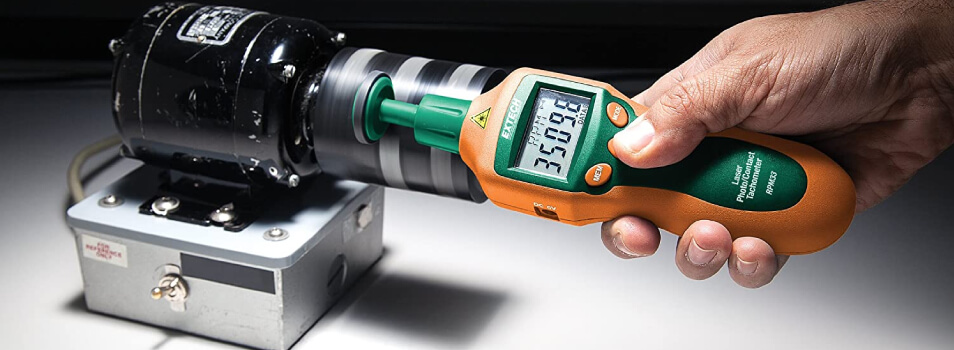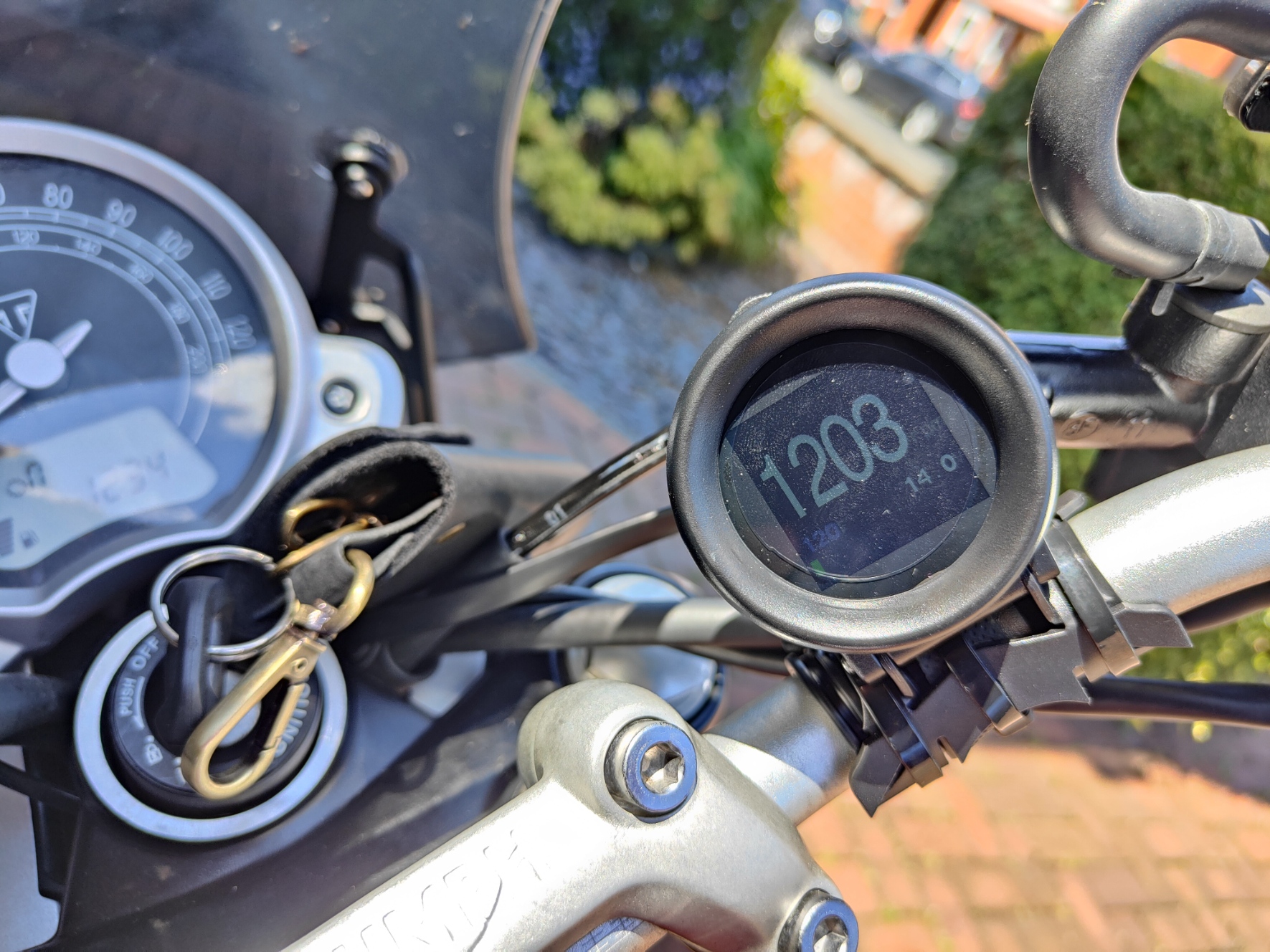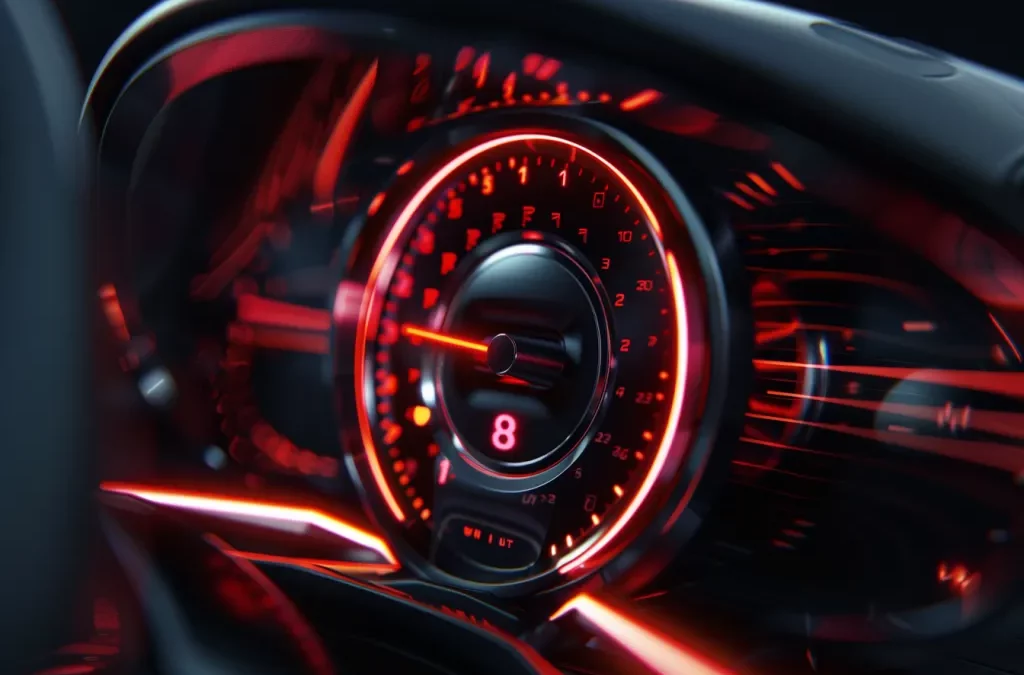A tachometer gauge is an essential instrument used across various industries, but what exactly is a tachometer gauge? You’ll be delighted to learn about its uses and significance in this in-depth article.

Introduction to Tachometer Gauge
The tachometer gauge is a device that measures the rotational speed of an object, usually in revolutions per minute (RPM). This instrument is commonly found in vehicles, machines, and various industrial equipment to monitor speed and performance.
History of the Tachometer
The concept of the tachometer can be traced back to the late 19th century. Early versions were mechanical, relying on centrifugal force to provide readings. Over time, with significant advancements in technology, modern tachometers have evolved into highly accurate and sophisticated devices used in numerous applications.
Principles of Operation
Mechanical Tachometers
Mechanical tachometers operate based on centrifugal force. As the rotational speed increases, the centrifugal force causes a needle to move across a scale, providing an accurate RPM reading.
Electronic Tachometers
Electronic tachometers have become more prevalent due to their higher accuracy and reliability. These devices use electrical signals generated by sensors to measure rotational speed.
Types of Tachometer Gauges
Analog vs. Digital
Analog tachometers display readings via a needle on a dial, while digital tachometers use a digital display. Each type has its unique advantages and applications.
Contact vs. Non-Contact
Contact tachometers require physical contact with the rotating object for measurement, whereas non-contact tachometers use light or lasers to obtain readings without direct contact.
Applications of Tachometer Gauges
Automobiles
In vehicles, tachometers help drivers monitor engine RPM, ensuring optimal performance and preventing engine damage.
Industrial Equipment
Tachometers are used in industrial machinery to monitor rotational speeds, ensuring efficient operation and preventing potential breakdowns.
Manufacturing Processes
In manufacturing, tachometers play a crucial role in maintaining the desired speed of production lines, improving efficiency and product quality.
Benefits of Using Tachometers
The use of tachometers offers several benefits, including:
- Improved performance monitoring
- Enhanced safety
- Prolonged equipment lifespan
- Cost savings through preventive maintenance
How to Choose the Right Tachometer
When selecting a tachometer, consider factors such as accuracy, application type, and budget. Learn more about tachometers here.
Key Features to Look For
Key features to look for in a tachometer include a robust build, high precision, and ease of use. Ensure the chosen device meets the specific requirements of your application.
Installation and Maintenance Tips
Proper installation and regular maintenance are crucial for ensuring the optimal performance of your tachometer. Follow manufacturer instructions and perform routine checks to maintain accuracy.
Common Issues and Troubleshooting
Common issues with tachometers include inaccurate readings and sensor malfunctions. Troubleshooting steps include checking connections, recalibration, and replacing faulty components.
Innovations in Tachometer Technology
Recent advancements in tachometer technology include integrating IoT capabilities and smart sensors, significantly improving data accuracy and user convenience.
Future Trends in Tachometers
The future of tachometers looks promising with the continuous evolution of technology. Expect more intelligent and connected devices, further revolutionizing speed measurement applications.
Frequently Asked Questions (FAQ)
1. What is the primary function of a tachometer gauge?
A tachometer gauge measures the rotational speed of an object, typically in RPM.
2. How do digital tachometers differ from analog tachometers?
Digital tachometers use a digital display for readings, while analog tachometers display readings using a needle on a dial.
3. What are the benefits of using tachometers in vehicles?
Tachometers in vehicles help monitor engine RPM, ensuring optimal performance and preventing potential engine damage Read More.

Conclusion
Understanding what is a tachometer gauge and its various applications is crucial for optimizing performance and ensuring the longevity of both vehicles and industrial machinery. Delighted by the innovations in tachometer technology, there’s never been a better time to embrace this tremendous tool for your needs.
